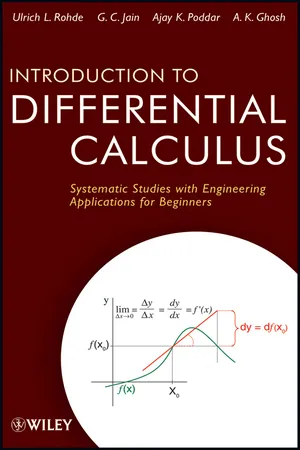Mathematics
Inscribed Angles
Inscribed angles are angles formed by two chords within a circle, with the vertex of the angle located on the circle's circumference. The measure of an inscribed angle is half the measure of the intercepted arc. This relationship is known as the inscribed angle theorem and is a fundamental concept in geometry and trigonometry.
Written by Perlego with AI-assistance
Related key terms
2 Key excerpts on "Inscribed Angles"
- eBook - ePub
Math Starters
5- to 10-Minute Activities Aligned with the Common Core Math Standards, Grades 6-12
- Judith A. Muschla, Gary Robert Muschla, Erin Muschla(Authors)
- 2013(Publication Date)
- Jossey-Bass(Publisher)
A central angle is an angle whose vertex is at the center of a circle. Its sides are radii. The measure of a central angle is the same as the measure of its intercepted minor arc. An inscribed angle is an angle whose vertex is on the circle and whose sides are chords. The measure of an inscribed angle is half the measure of its intercepted minor arc.Problem: Consider the circle below. is the center, and . List all of the congruent angles. Then state the measure of each.5-104 Arcs and Angles of Circles (G-C.2)
Circles can be separated into parts called arcs. Following are some facts about arcs:- The measure of a minor arc is equal to the measure of its central angle.
- A semicircle has a measure of .
- The measure of a major arc is the difference between its related minor arc and .
- The measure of a central angle is equal to the measure of its intercepted minor arc.
- The measure of an inscribed angle is equal to the measure of its intercepted arc.
Problem: Consider circle . The and the . What type of triangle is ? What type of triangle is ? Explain your reasoning.5-105 Secants and Tangents
Although a circle is round, many special lines and segments may be associated with it. Diameters, radii, and chords are the most common. Secants and tangents are two others:- A secant is a line that contains a chord.
- A tangent is a line that meets the circle at one point.
Problem: Consider circle . List all the diameters, radii, chords, secants, or tangents. (Hint: There are a total of nine.)5-106 Measures of Angles—Chord-Tangent Angle Theorem and Chord-Chord Angle Theorem (G-C.2)
The chord-tangent angle theorem states that the measure of an angle formed by a tangent and a chord drawn from the point of tangency is equal to the measure of the intercepted arc.The chord-chord angle theorem states that the measure of an angle formed by two chords intersecting in the interior of a circle is equal to the sum of the intercepted arcs.Problem: Consider circle - eBook - ePub
Introduction to Differential Calculus
Systematic Studies with Engineering Applications for Beginners
- Ulrich L. Rohde, G. C. Jain, Ajay K. Poddar, A. K. Ghosh(Authors)
- 2012(Publication Date)
- Wiley(Publisher)
Figure 5.5 .Figure 5.5 Radian measure of an angle.The radian measure of angle ABC at the center B of the unit circle is defined to be the length of the circular arc AC.If A′C′ (=s ) is the arc cut by the (same) angle from a second circle (which is the outer circle, in Figure 5.5 ), then the circular sectors A′BC′ and ABC are similar. In particular, their ratios of arc length to radius are equal. We denote this equality by the constant θ.In the notation of Figure 5.5 , this means thator(1a)This is true no matter how large or small the radius of the second circle may be. Thus, for any circle centered at B , the ratio (of the length of the intercepted arc to the radius of the circle) always gives the radian measure of the angle .Equation (1a) is sometimes written in the form(1b)Equation (1b) can be used to find out any one of the related quantities (i.e., s , r , or θ) if the other two are known. Generally, this equation is used to compute the arc length s , when r and θ are known.Note (1): Equation (1b) is also useful in defining an angle of 1 rad, which is the unit angle in radian measure. If we put r = 1 in equation (1b) , then the central angle θ, in radians, is just equal to the length of the circular arc AC , as defined above.Definition: 1 rad is the measure of a central angle, subtended by a circular arc whose length is equal to the radius of the circle (Figure 5.6 ).Figure 5.6 Angle of one radian.Note (2): Although angles can be expressed (or measured) in degrees or radians, we will here use only radian measure of angles, unless otherwise indicated. This will be convenient in our study of calculus.The circumference of a circle is approximately 6.28 times its radius. In other words, the angle subtended by the circumference of a circle at the center is approximately 6.28 rad.4
Learn about this page
Index pages curate the most relevant extracts from our library of academic textbooks. They’ve been created using an in-house natural language model (NLM), each adding context and meaning to key research topics.

